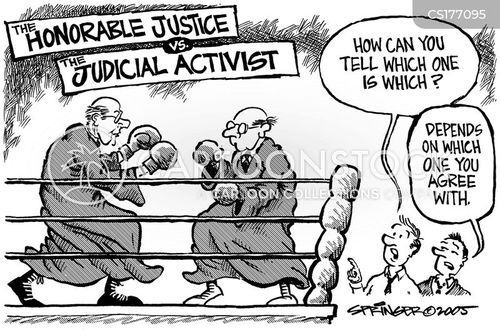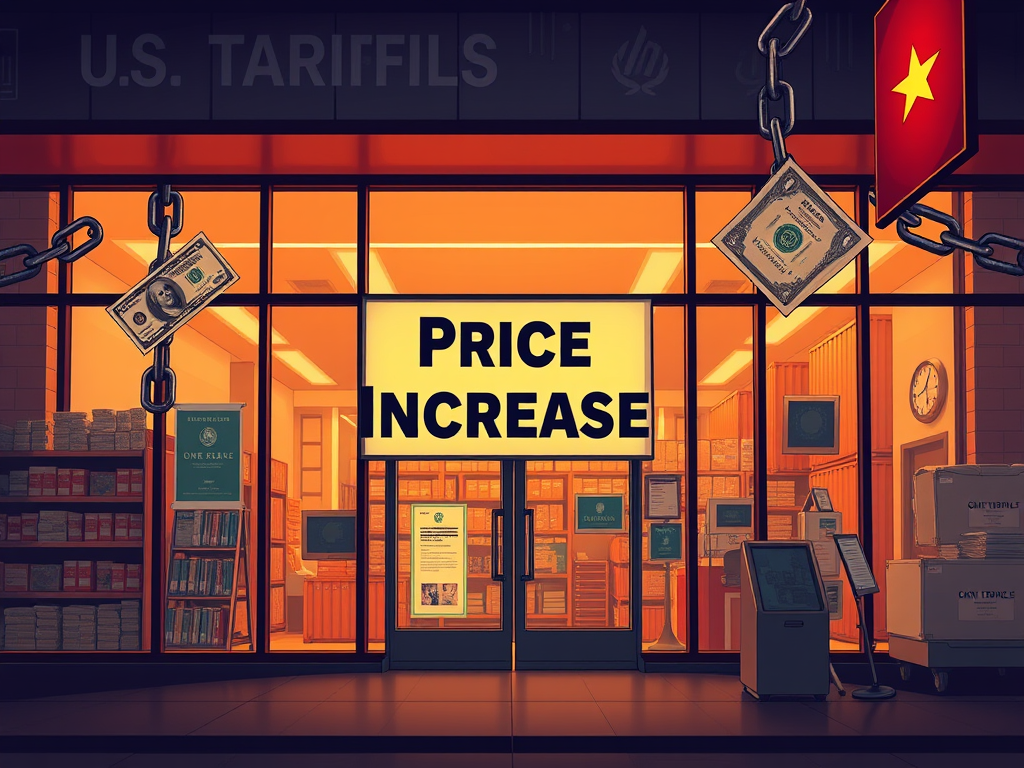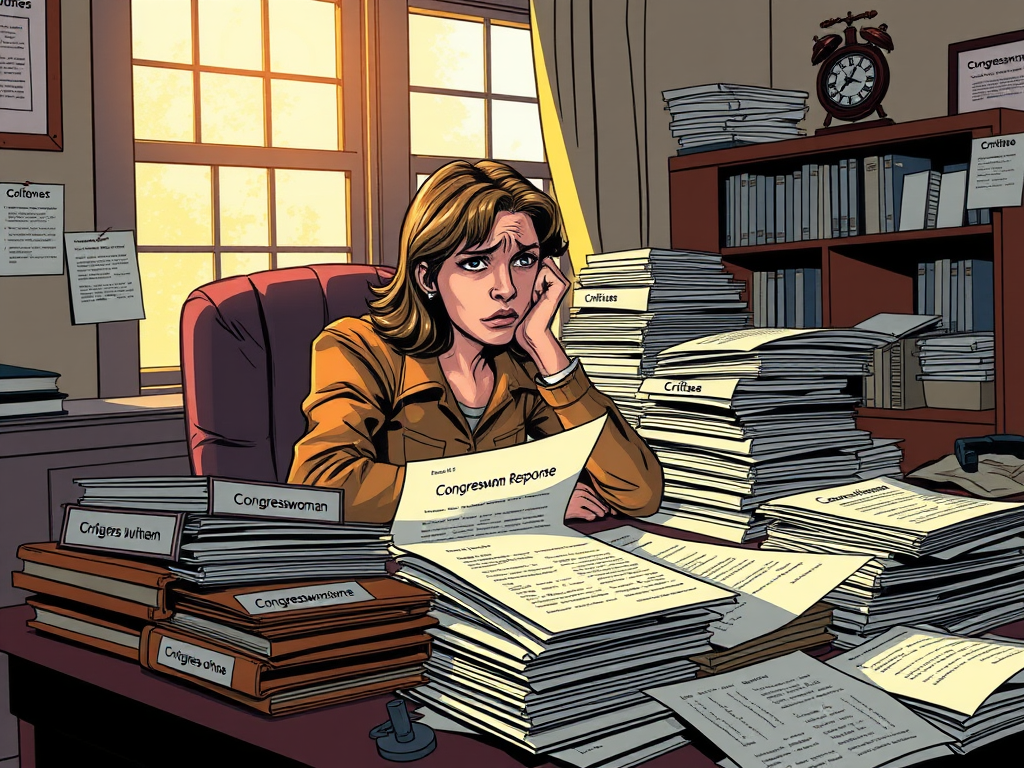The U.S. Court of International Trade recently struck down many of the Administration’s tariffs against China, Mexico, Canada and others. This has caused quite a stir. The Administration claims that activist judges are blocking the will of the people. A convenient spin, but perhaps not an intellectually honest one.
These Were Not Activist Judges
International trade is a highly specialized area of the law. The U.S. Court of International Trade is a specialized federal court with limited jurisdiction over U.S. customs and international trade laws. A three-judge panel issued the decision, consisting of an Obama appointee, a Trump appointee, and a Reagan appointee. Each judge had decades of experience in international trade matters before being appointed to the bench. These judges are uniquely qualified to decide international trade matters. The three judges issued a 49-page opinion “per curiam,” which means they unanimously agreed.
Under our system, Congress passes the law, the Executive enforces the law, and the Courts interpret and apply the law. An “activist” judge refers to a judge who creates new law under the guise of interpreting and applying existing law. The Administration applies the activist label more broadly to any judge who rules against it. The judges who struck down the tariffs are not activists. They did not create new law. The judges read the Constitution, the Executive Orders and the relevant legislation. They applied Supreme Court precedent. Then they arrived at a considered conclusion. They did what courts ought to do.
The President Has Limited Power To Impose Tariffs
Our Constitution grants Congress the authority to impose taxes and levy duties. Congress can and has passed laws giving the President the authority to impose tariffs in limited circumstances. Importantly, Congress cannot grant the President unlimited authority to impose tariffs. That would be an abdication of Congress’ constitutional responsibility and would itself be unconstitutional. Rather, Congress must carefully prescribe the circumstances under which the President can impose tariffs.
Congress did that in 1977 when it passed the International Emergency Economic Powers Act (“IEEPA”). This is the Act under which the President purported to impose many of his tariffs. There are two requirements of the IEEPA that were particularly important to the Court’s analysis. The IEEPA requires there to be an “emergency.” It further requires that the measures, here tariffs, “deal with” the emergency. The Administration cited the importation of illegal drugs like fentanyl as an emergency with Canada, Mexico and China. The Administration cited trade deficits as an emergency with virtually all of our trade partners. The Court found that certain of the tariffs did not fall within the “emergency” requirement. It found that certain other tariffs did not “deal with” the claimed emergency. The Court noted that rather than dealing with an emergency, the tariffs appeared to be just leverage in negotiations. Of course, that is exactly what they are.
Interestingly, the President may have been the instrument of his own defeat here. The President has implemented tariffs in a manner that suggests there are no limits on his authority. Recall here the President’s imposition of 10% tariffs, then 25% on Canada and Mexico, then Liberation Day reciprocal tariffs, then 145% on China, then pause the Liberation Day tariffs for 90-days, then pause 145% with China and reduce to 30% for 90-days, etc. The Court detailed the chaotic tariff timeline to demonstrate that the President has been acting with unlimited authority. This is constitutionally infirm. The President may have been too clever by half.
The Tariffs Are In Serious Jeopardy
The parties will appeal, first to the Federal Circuit and then to the U.S. Supreme Court. The decision is stayed pending appeal, which means the tariffs remain in place for now. We can expect the stay to continue until the parties exhaust the appeals. We should not read too much into the stay. It is a nod to the fact that unwinding the tariffs is complicated and will be highly disruptive. The courts should make sure they got this right before flipping that switch.
I am not sure how this one will ultimately turn out. Unlike some other maneuvers, the Administration at least has something to talk about here. On balance, I think the Administration is fighting an uphill battle. I also think the President’s penchant for chaos may be his undoing. It is simply too hard to square his tariff behavior with a limited grant of authority. The tariffs are hanging by a very thin thread.
Congress Is Watching From The Cheap Seats
The Administration undoubtedly knew all the risks when it rolled out its tariffs. No one should be surprised to see the courts pushing back, least of all the Administration. We now are hearing the predictable retort from the Administration that courts are usurping the will of the people. This is balderdash. The will of the people is expressed in the laws of the United States as passed by Congress and signed by the President. By enforcing these laws, the courts are in fact honoring the will of the people. If the law no longer expresses the will of the people, then Congress needs to change it.
Unsurprisingly, Congress is missing in action here. I understand the Administration’s desire to use unilateral executive action to bypass a dysfunctional Congress. Unilateral executive action is swift and certain. But it is also antithetical to the democratic process. That is why unilateral executive action is only allowed in specific and limited circumstances. Saving those circumstances, Congress remains a necessary part of the process. Competing bills, committee hearings, congressional debates, negotiations, public votes. These are all part of the democratic process. It is messy, and it is full contact. But it is also central to our democracy. We cannot ignore our democratic institutions simply because it is expedient to do so. That is a slippery slope.
The Administration Took A Big Gamble
The Administration knew full well that it was on tenuous legal ground when it started this trade war. Perhaps the Administration thought it could close enough trade deals before the courts put on the brakes. Remember after Liberation Day, we heard 90 deals in 90 days. We are just about 60 days in, and we don’t have one deal. Not one. The “deal” with the UK is nonbinding. The “deal” with China is simply an agreement to negotiate. These are not deals at all.
Consider the tariff fallout that we have absorbed in the meantime. A global trade war. Alienating our allies. Disrupting international supply chains. Stock market turmoil. Bond market uncertainty. Shrinking GDP. Instructions to “eat the tariffs.” Falling consumer sentiment. Inflation at our shores. Now we learn the President may not have had the authority to start this trade war in the first place. This would be an international embarrassment the likes of which we have never seen before.




